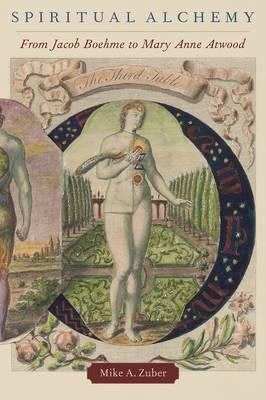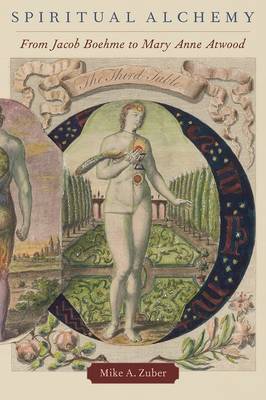
En raison d'une grêve chez bpost, votre commande pourrait être retardée. Vous avez besoin d’un livre rapidement ? Nos magasins vous accueillent à bras ouverts !
- Retrait gratuit dans votre magasin Club
- 7.000.000 titres dans notre catalogue
- Payer en toute sécurité
- Toujours un magasin près de chez vous
En raison de la grêve chez bpost, votre commande pourrait être retardée. Vous avez besoin d’un livre rapidement ? Nos magasins vous accueillent à bras ouverts !
- Retrait gratuit dans votre magasin Club
- 7.000.0000 titres dans notre catalogue
- Payer en toute sécurité
- Toujours un magasin près de chez vous
Description
Most professional historians see the relationship between pre-modern and modern alchemy as one of discontinuity and contrast. Mike A. Zuber challenges this dominant understanding and explores aspects of alchemy that have been neglected by recent work in the history of science. The predominant focus on the scientific aspect of alchemy, such as laboratory experiment, practical techniques, and material ingredients, argues Zuber, marginalizes the things that render alchemy so fascinating: its rich and vivid imagery, reliance on the medium of manuscript, and complicated relationship with religion. Spiritual Alchemy traces the early-modern antecedents of modern alchemy through generations of followers of Jacob Boehme, the cobbler and theosopher of Görlitz. As Boehme's disciples down the generations -- including the Silesian nobleman Abraham von Franckenberg and the London-based German immigrant Dionysius Andreas Freher, among others -- studied his writings, they drew on his spiritual alchemy, adapted it, and communicated it to their contemporaries. Spiritual alchemy combines traditional elements of alchemical literature with Christian mysticism. Defying the boundaries between science and religion, this combination was transmitted from Görlitz ultimately to England. In 1850, it inspired a young woman, later known as Mary Anne Atwood, to write her Suggestive Inquiry into the Hermetic Mystery, usually seen as the first modern interpretation of alchemy. Drawing extensively on manuscript or otherwise obscure sources, Zuber documents continuity between pre-modern and modern forms of
alchemy while exploring this hybrid phenomenon.
alchemy while exploring this hybrid phenomenon.
Spécifications
Parties prenantes
- Auteur(s) :
- Editeur:
Contenu
- Nombre de pages :
- 336
- Langue:
- Anglais
- Collection :
Caractéristiques
- EAN:
- 9780190073046
- Date de parution :
- 02-11-21
- Format:
- Livre relié
- Format numérique:
- Genaaid
- Dimensions :
- 164 mm x 239 mm
- Poids :
- 621 g

Les avis
Nous publions uniquement les avis qui respectent les conditions requises. Consultez nos conditions pour les avis.






